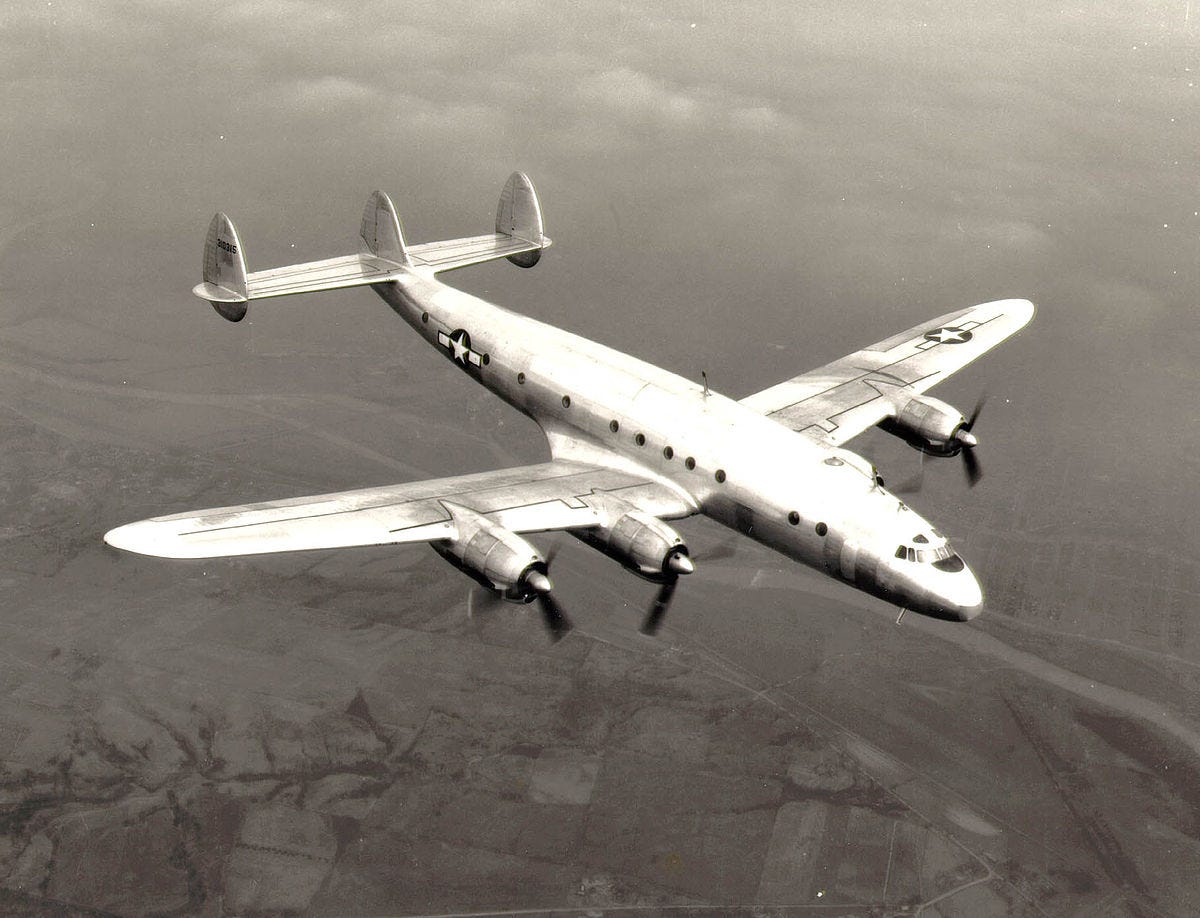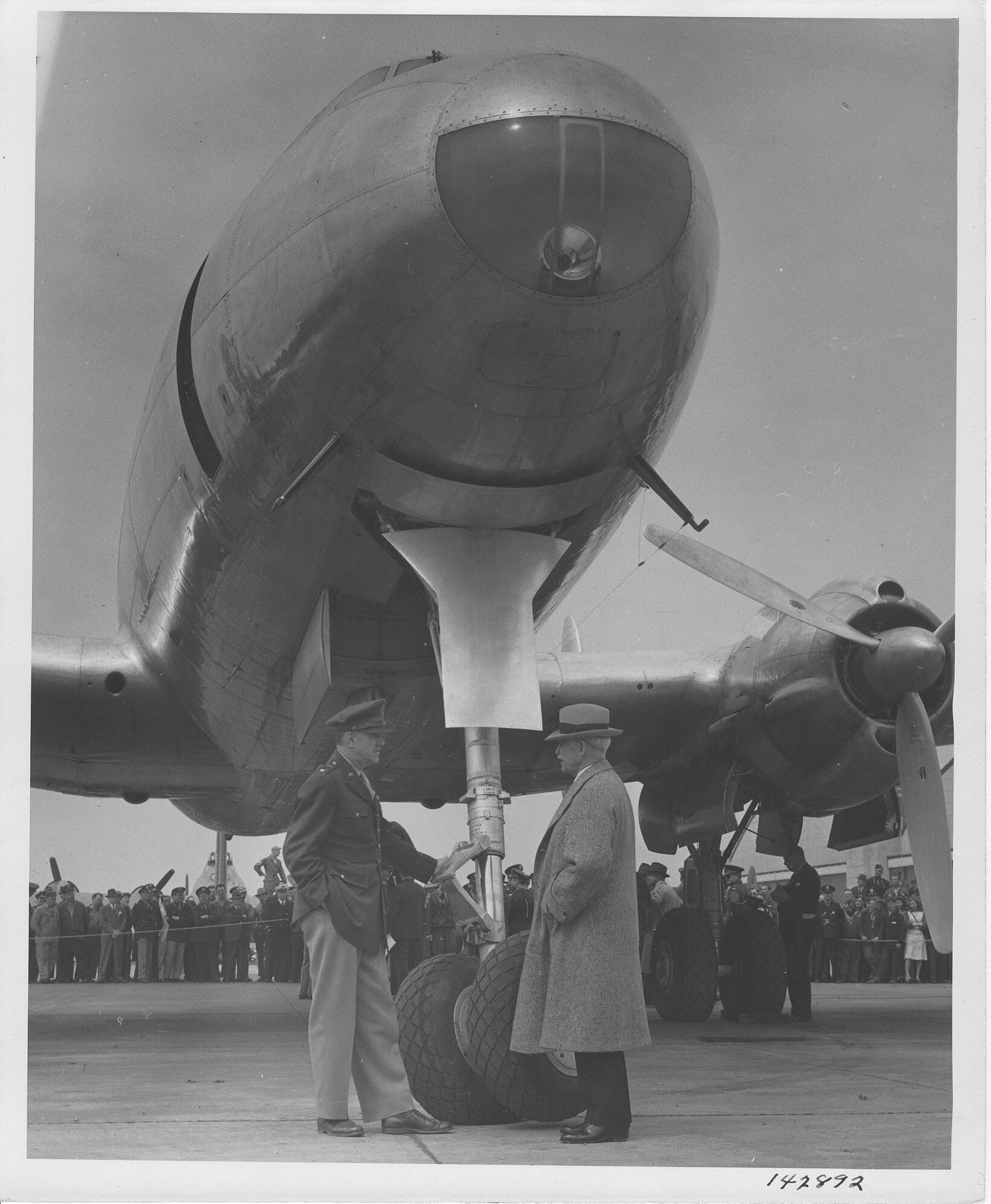In 1944, a new plane took to the skies—one that would forever change the way people thought about air travel.
The Lockheed Constellation wasn’t just another aircraft. It was a vision of the future.
It was sleek. Fast. Unlike anything the world had seen before. And on April 26, 1944, Orville Wright—one of the very men who invented flight—took his final ride in the passenger seat of a Lockheed Constellation.
From 120 Feet to a Transcontinental Dream
When Orville Wright first flew at Kitty Hawk in 1903, his plane covered just 120 feet—less than the wingspan of a modern jet.
By 1944, airplanes were flying at 350 miles per hour, crossing entire continents, and reshaping the world.
Imagine what Orville must have thought, sitting inside the Constellation, seeing firsthand how far his invention had come.
Imagine looking at the world and realizing:
”We are only just beginning.”
The Lockheed Constellation in Beyond the Horizon
In Beyond the Horizon, aviation is everywhere. It’s part of Jamie’s world—the roar of bombers overhead, the mechanics working on engines at Wright Field, the planes that define the war effort.
But the Lockheed Constellation stands apart.
It represents something more than just flight. It’s about progress. Change. The future.
For Orville Wright, the Constellation symbolized how much the world had advanced.
For Jamie, it represents the unknown—the world beyond his city, beyond the war, beyond what he can see now.

Flight as a Symbol of What’s Next
That’s what aviation has always been, hasn’t it? A symbol of what’s ahead.
From the Wright brothers to the moon landing, every step in aviation is a step toward something bigger.
In 1944, the Lockheed Constellation was a glimpse into the next chapter of human flight.
What’s an Innovation That Has Inspired You?
What’s a moment in history—a new invention, a breakthrough—that made you realize the world was changing forever? Let’s talk about it in the comments.
Beyond the Horizon is now live on Kickstarter! If you love historical fiction, aviation, and stories that connect the past to the future, I’d love your support.
More aviation history and behind-the-scenes stories are coming soon—subscribe so you don’t miss a post!





